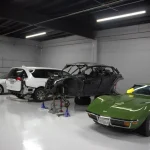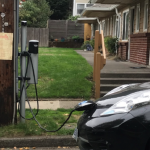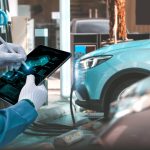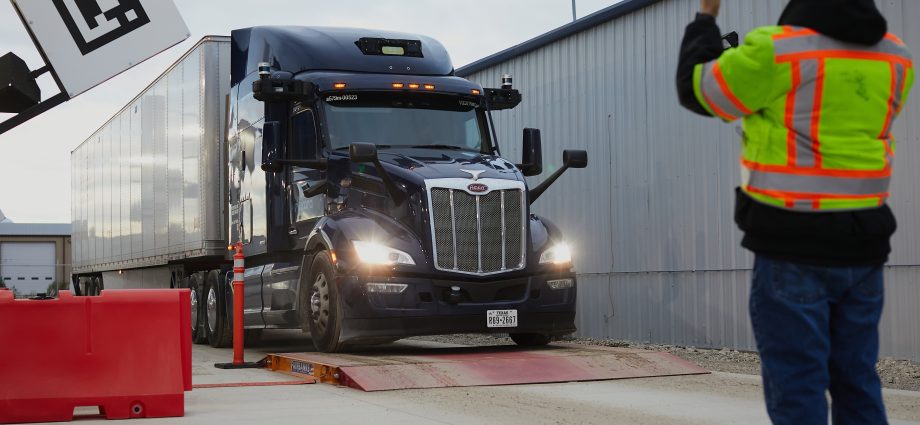Imagine a highway at 3 AM. No coffee-fueled drivers fighting fatigue. Just a convoy of self-driving trucks gliding silently under the stars, their sensors sharper than any human’s night vision. This isn’t sci-fi—it’s the near future of logistics. And honestly? It’s coming faster than most people realize.
Why Autonomous Trucking Isn’t Just a Gimmick
Let’s cut to the chase: labor shortages and rising fuel costs are choking the trucking industry. The American Trucking Associations estimates a shortfall of 160,000 drivers by 2030. Meanwhile, autonomous trucks? They don’t sleep, strike, or demand overtime.
But here’s the deal—this isn’t about replacing humans entirely. It’s about augmenting a broken system. Think of it like cruise control… on steroids. Early adopters are already seeing results:
- 24/7 operation (no mandatory rest breaks)
- 10-15% fuel savings from optimized acceleration/braking
- Reduced accidents (94% of crashes involve human error, per NHTSA)
The Tech Stack Making It Possible
You know those sci-fi movies where vehicles “see” their surroundings? That’s basically LiDAR—light detection and radar—working alongside cameras and ultrasonic sensors. The real magic happens in the AI decision-making layer, which processes data faster than a human brain can blink.
Key Components:
| Technology | Function |
| LiDAR | 3D mapping of surroundings |
| Radar | Object detection in poor weather |
| Computer Vision | Reading road signs/lane markings |
| V2X Communication | “Talking” to other vehicles/infrastructure |
That said… the tech isn’t perfect yet. Heavy rain still messes with sensors, and unpredictable human drivers? Yeah, they’re the wild card.
How Logistics Will Change (Beyond the Obvious)
Sure, faster deliveries grab headlines. But the ripple effects go deeper:
- Warehouse locations shifting: With trucks running nonstop, warehouses might move further from cities where land’s cheaper.
- Last-mile paradox: Autonomous trucks handle highways best, so human drivers may focus on final urban deliveries—where robots struggle with chaos.
- New maintenance jobs: Someone’s gotta service those sensor arrays and AI systems. Cue demand for tech-savvy mechanics.
Funny enough, the biggest hurdle isn’t tech—it’s insurance models. Who’s liable when there’s no “driver”? Legislatures are scrambling to figure that out.
The Human Factor: Jobs, Fear, and Transition
Look, trucking employs 3.5 million Americans. The panic about job losses isn’t unfounded—but it’s oversimplified. History’s shown that tech disruptions reshape jobs more than erase them. Think:
- Remote truck overseers: Monitoring multiple autonomous convoys from a control center.
- Safety validators: Humans verifying tricky maneuvers (like construction zones).
- New tech roles: From data analysts to AI trainers.
The transition won’t be painless, though. Retraining programs will make or break this shift.
When Will This Actually Happen?
Predictions vary wildly. Optimists say 2027 for limited routes (think Texas I-10 corridor). Pessimists point to 2040 for full autonomy. Reality? Probably somewhere in between, with a patchwork rollout:
Phase 1 (Now-2025): Human-supervised platooning on highways
Phase 2 (2025-2035): Limited driverless routes in sunbelt states
Phase 3 (Post-2035): Nationwide adoption, pending infrastructure upgrades
Winter states with heavy snow? They’ll be last in line—sensors hate blizzards.
The Elephant in the Room: Public Trust
Remember the first time you used ride-sharing? That mix of excitement and “will-I-get-kidnapped” nerves? Multiply that by 40 tons. Building public trust requires:
- Transparent safety data (Waymo’s already publishing collision stats)
- Gradual exposure—maybe starting with midnight freight runs
- Visible safeguards like emergency stop buttons for nearby drivers
One viral video of a rogue autonomous truck could set adoption back years. Perception matters as much as tech.
Final Thoughts: Not If, But How
The question isn’t whether autonomous trucks will transform logistics—it’s how we’ll navigate the messy, human side of the transition. The open road’s calling… and this time, it might not need a human behind the wheel.










